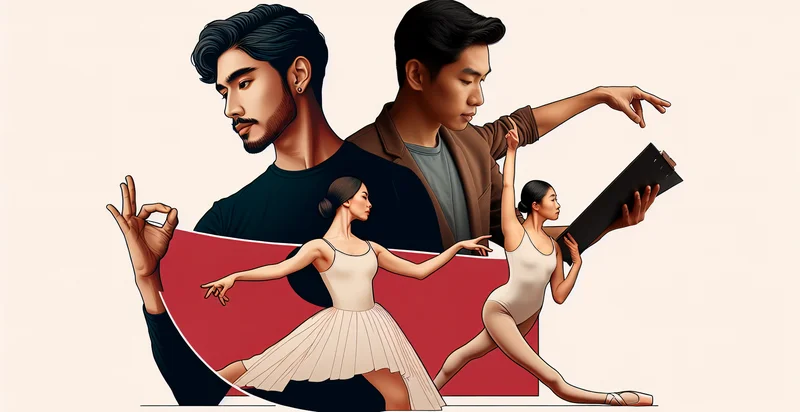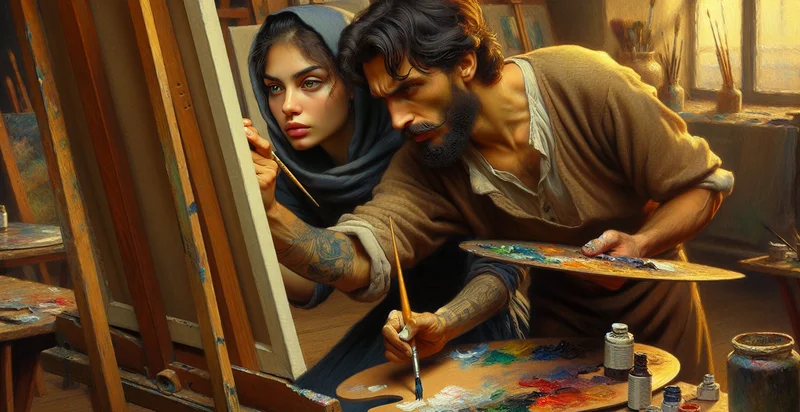Identify gender of curator
using AI
Below is a free classifier to identify gender of curator. Just upload your image, and our AI will predict if the curator is male or female - in just seconds.

Contact us for API access
Or, use Nyckel to build highly-accurate custom classifiers in just minutes. No PhD required.
Get started
import nyckel
credentials = nyckel.Credentials("YOUR_CLIENT_ID", "YOUR_CLIENT_SECRET")
nyckel.invoke("gender-of-curator", "your_image_url", credentials)
fetch('https://www.nyckel.com/v1/functions/gender-of-curator/invoke', {
method: 'POST',
headers: {
'Authorization': 'Bearer ' + 'YOUR_BEARER_TOKEN',
'Content-Type': 'application/json',
},
body: JSON.stringify(
{"data": "your_image_url"}
)
})
.then(response => response.json())
.then(data => console.log(data));
curl -X POST \
-H "Content-Type: application/json" \
-H "Authorization: Bearer YOUR_BEARER_TOKEN" \
-d '{"data": "your_image_url"}' \
https://www.nyckel.com/v1/functions/gender-of-curator/invoke
How this classifier works
To start, upload your image. Our AI tool will then predict if the curator is male or female.
This pretrained image model uses a Nyckel-created dataset and has 2 labels, including Female and Male.
We'll also show a confidence score (the higher the number, the more confident the AI model is around if the curator is male or female).
Whether you're just curious or building gender of curator detection into your application, we hope our classifier proves helpful.
Related Classifiers
Need to identify gender of curator at scale?
Get API or Zapier access to this classifier for free. It's perfect for:
- Art Exhibition Curation: The gender of the curator can provide insights into gender representation in the art world. By analyzing the gender data of curators, galleries can make informed decisions to promote diversity and inclusion in their exhibitions.
- Market Research for Art Products: Companies can utilize gender classification to tailor marketing strategies for art-related products. Understanding the gender distribution among curators helps in creating targeted advertisements that resonate with specific demographics, increasing conversion rates.
- Art Education Programs: Educational institutions can leverage gender data from curators to develop programs that encourage diversity in art careers. By highlighting successful female and male curators, they can inspire a more balanced representation in art academia.
- Funding Allocation for Arts Organizations: Nonprofits and funding bodies can use curator gender classification to ensure equitable funding distribution. By identifying gaps in gender representation, they can prioritize support for underrepresented groups in the art community.
- Museum and Gallery Audiovisual Guides: Audio guides and interactive exhibits can adapt content based on the curator's gender. This personalized experience enhances visitor engagement and interest, helping them connect more closely with the exhibited works.
- Trend Analysis in Art Curation: Analysts can study patterns in gender representation among curators over time to identify shifts in the art industry. This information can be crucial for understanding broader societal changes and the evolving role of different genders in shaping art narratives.
- Enhancing Art Critique Platforms: Online platforms for art critique can utilize gender data to diversify feedback. By facilitating discussions that include voices from different genders, users can gain a richer perspective and foster an inclusive environment for art appreciation.


